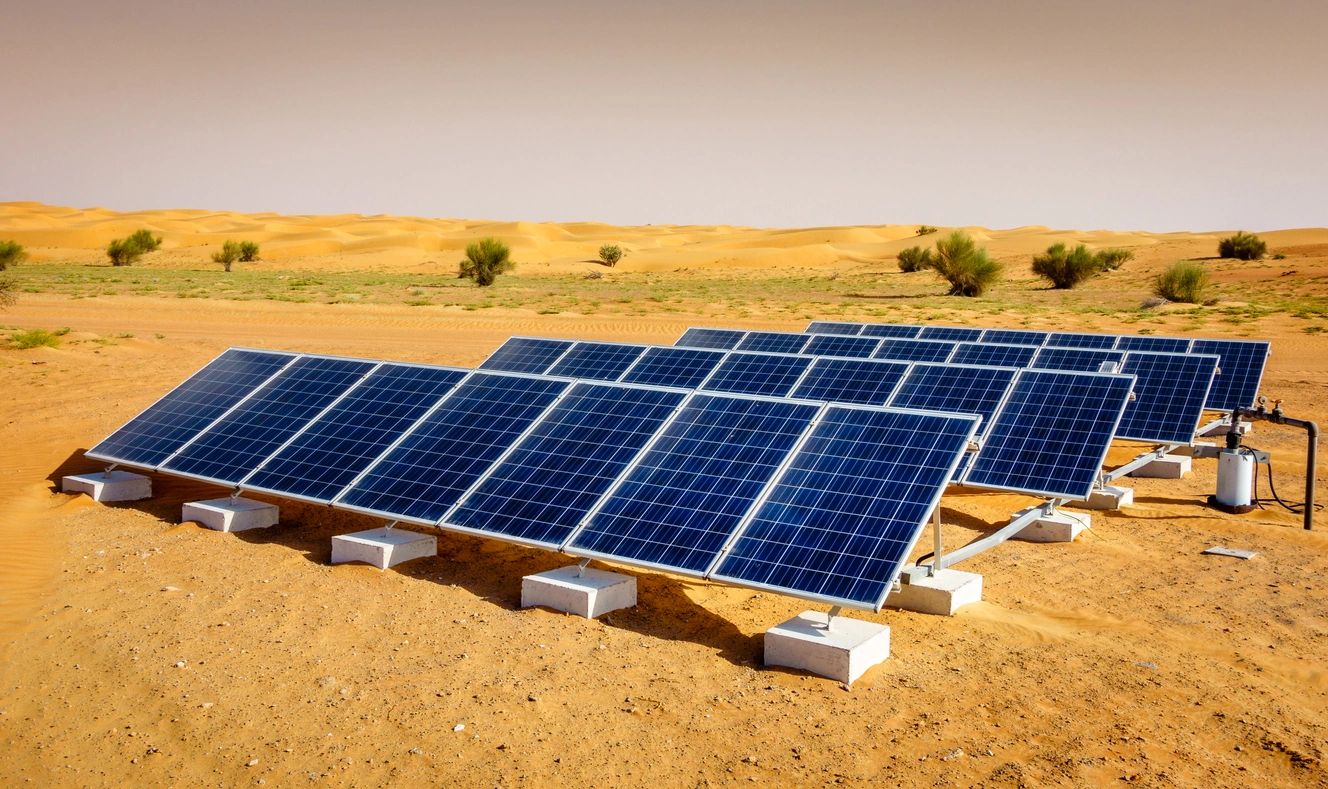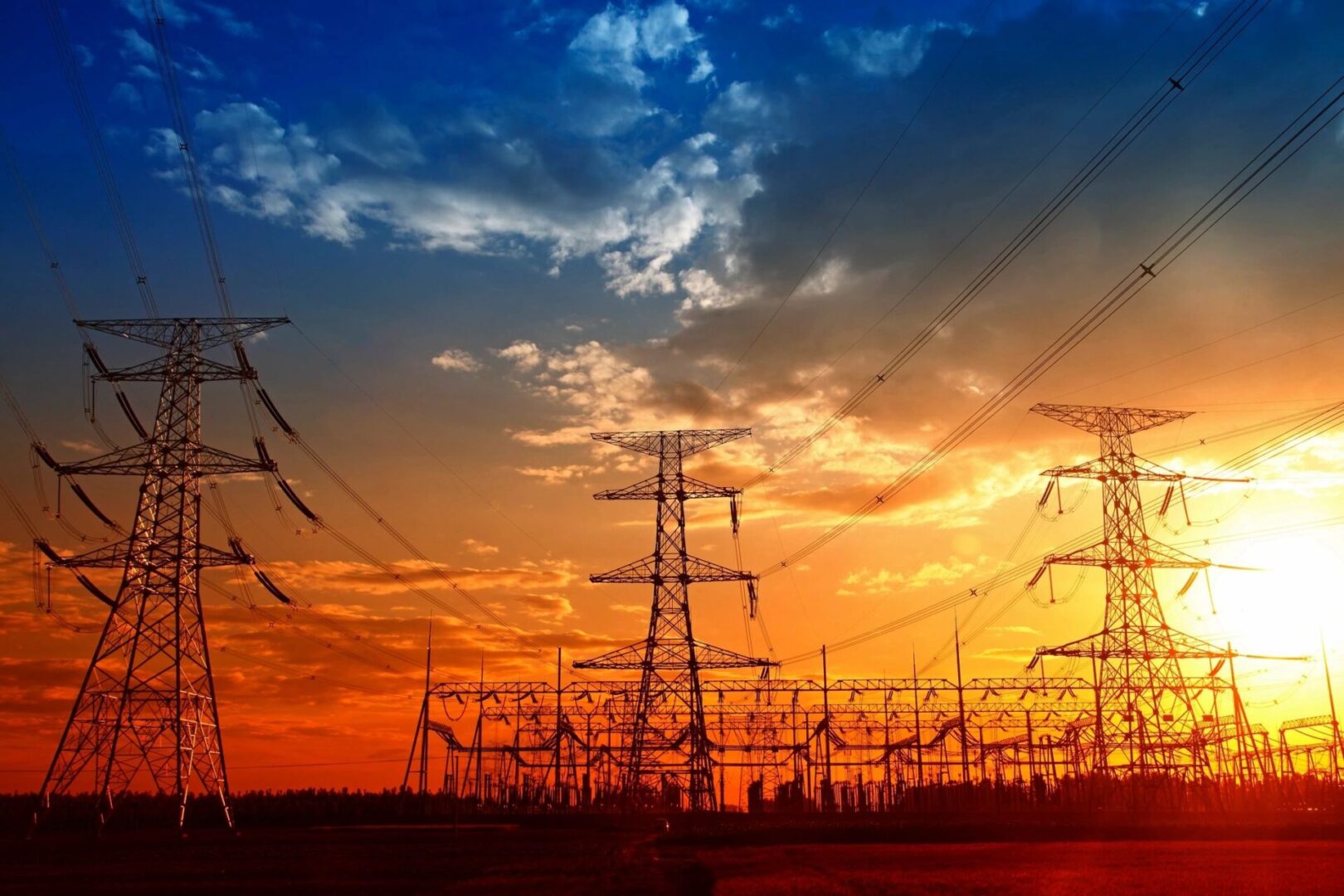Solar Green Energy Technology Overview


The transition to green power in the United States is a dynamic and multifaceted issue. A recent study by the National Renewable Energy Laboratory (NREL) highlights the opportunities and challenges of achieving a net-zero power grid by 2035, which is a critical milestone towards the broader goal of economy-wide decarbonization by 2050. The integration of renewable energy sources is crucial, but not without its challenges, such as the intermittent nature of wind and solar power, and the need for significant infrastructure investments. The Inflation Reduction Act and Bipartisan Infrastructure Law are expected to reduce greenhouse gas emissions significantly but may not be sufficient to achieve the 2035 goal of 100% carbon-free electricity. Additionally, issues like land rights and the impact on local communities are emerging as key considerations in the deployment of renewable energy projects. As the U.S. strives to balance economic growth with sustainable energy practices, these complexities must be navigated with careful planning and policy support.
The energy landscape for U.S. mines is undergoing a significant transformation, driven by the nation's shift towards clean energy and the increasing demand for critical minerals necessary for this transition. The United States is grappling with the need to bolster its mining infrastructure to meet the demands of the energy transition, which requires a substantial supply of metals and raw materials for technologies like electric cars and solar panels. However, this resurgence in mining activity must balance economic growth with environmental stewardship and community concerns. The Inflation Reduction Act has catalyzed a boom in mining proposals, aiming to establish a robust domestic supply chain for critical minerals. Yet, the challenge remains in navigating the complex permitting processes and addressing the environmental and social impacts of mining operations. As the country endeavors to revitalize its mining sector, it faces the dual task of increasing production while ensuring that new and expanded mines operate under the most stringent environmental standards and with strong public support. The path forward is complex, requiring a nuanced approach that considers the historical context of mining in the U.S., current power issues, and the future needs of a low-carbon economy.


Technology
Parabolic thermal energy generation is a sophisticated method that harnesses solar power to produce heat or electricity. It involves the use of parabolic troughs, which are curved mirrors that focus sunlight onto a receiver pipe running along the focal line of the trough. This concentrated sunlight heats a fluid within the pipe, which can then be used to produce steam and generate electricity through a turbine. Parabolic trough systems are the most mature form of concentrating solar power technology and have been operational worldwide with over five hundred megawatts of capacity. They are recognized for their high optical efficiency and ability to produce high-intensity energy, making them a popular choice for thermal solar plants. Ongoing research and development aim to reduce the cost of thermal energy storage and improve the efficiency of these systems, further enhancing their economic viability and environmental benefits.
Recent advancements aim to reduce the cost of thermal energy storage for these systems, making them more competitive with conventional power sources. Innovations include new concentrator structures for reduced cost and improved optical accuracy, as well as optimized assembly processes. Additionally, the integration of thermal energy storage systems allows for higher solar capacity factors, enabling solar dispatchability to better match energy supply with demand.

